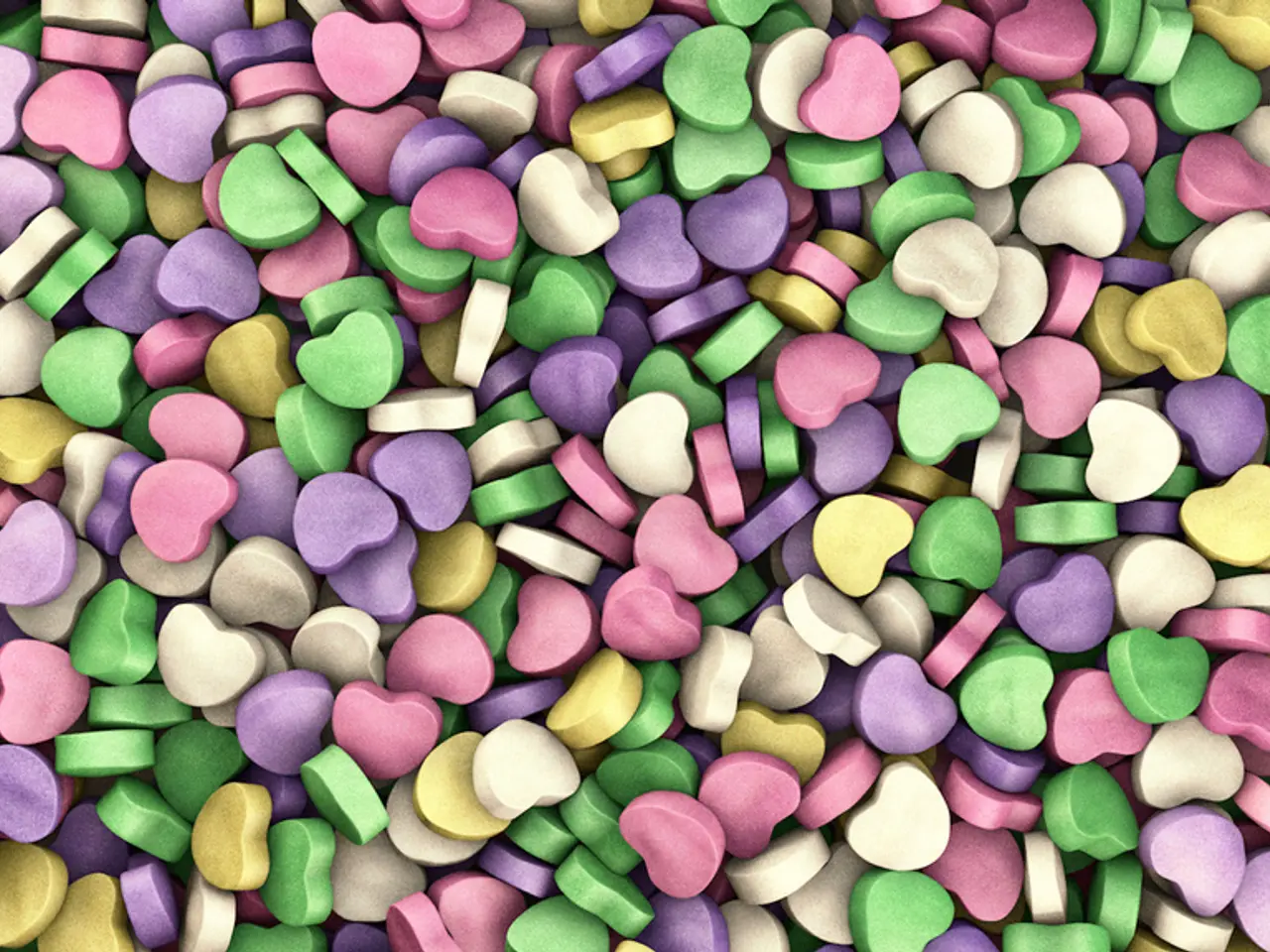Comparison of Cequa and Restasis: An Analysis of Their Similarities and Differences
In the realm of dry eye syndrome treatments, the American Academy of Ophthalmology has recommended topical forms of cyclosporine, specifically Cequa and Restasis, as a viable option for those suffering from the condition.
Cequa and Restasis are brand-name prescription medications approved by the Food and Drug Administration (FDA) to treat dry eye syndrome. The main differences between these two eye drops lie in their forms, strengths, and side effects.
Cequa is a cyclosporine ophthalmic solution with a concentration of 0.09%, utilizing nanomicelle technology for enhanced drug delivery and tissue penetration. On the other hand, Restasis is a cyclosporine ophthalmic emulsion with a concentration of 0.05%, employing a traditional emulsion formulation. Both are prescribed twice daily for moderate to severe dry eye.
Both medications can cause ocular irritation, such as burning or stinging sensations, common to cyclosporine therapies. The formulations may contribute to irritation due to the use of permeability enhancers and surfactants. However, Cequa's higher drug concentration and advanced delivery technology may impact efficacy and tolerability compared to Restasis.
It is essential to note that both drugs may cause serious side effects such as severe allergic reactions. Switching between Cequa and Restasis might be possible, but it's important to consult a doctor before doing so.
Cequa comes in a higher strength than Restasis, with a strength of 0.9 mg/mL compared to Restasis's 0.5 mg/mL. Cequa also comes in a liquid solution in single-use droppers, while Restasis comes as a liquid emulsion (an oily mixture) in single-use droppers and multiuse bottles.
While both drugs share similar side effect profiles mainly related to ocular irritation, Cequa has been reported to cause headaches, a side effect not reported in clinical trials of Restasis.
It is crucial to remember that if pregnant, breastfeeding, or wearing contact lenses, it's important to talk with a doctor before using Cequa or Restasis. Additionally, both drugs may cause eye infection or eye injury if the dropper tip gets contaminated or forcefully touches the eye.
Restasis is approved to treat dry eye syndrome in children ages 16 years and older, while Cequa is not approved for use in children. The name of the generic version of Restasis single dose is cyclosporine.
Both Cequa and Restasis are used to treat dry eye syndrome, also known as keratoconjunctivitis sicca. Mild side effects may include a burning sensation in the eye, inflammation and redness of the conjunctiva, irritation of the eye, inflammation of the eyelid, headache, watery eyes or discharge from the eye, blurry vision, pain, itching, or stinging in the eye, and feeling as though something is in the eye.
As always, it's crucial to consult with a healthcare professional before starting any new medication. With the introduction of Cequa and the continued availability of Restasis, those suffering from dry eye syndrome now have more treatment options to discuss with their ophthalmologist.
- The American Academy of Ophthalmology recommends topical forms of cyclosporine, specifically Cequa and Restasis, for those suffering from dry eye syndrome.
- Both Cequa and Restasis are prescription medications that share similar side effect profiles, mainly related to ocular irritation, and are intended for moderate to severe dry eye treatment.
- Cequa, due to its higher drug concentration and advanced delivery technology, may impact efficacy and tolerability compared to Restasis, which has a traditional emulsion formulation.
- It is essential to consult a healthcare professional before starting any new medication, especially when deciding between Cequa and Restasis, or considering switching between the two, as both may cause serious side effects and have specific usage considerations, such as during pregnancy, breastfeeding, or when wearing contact lenses.




